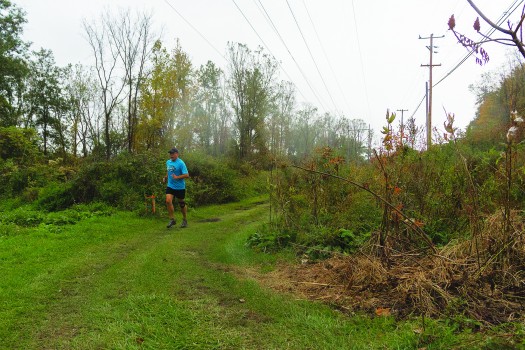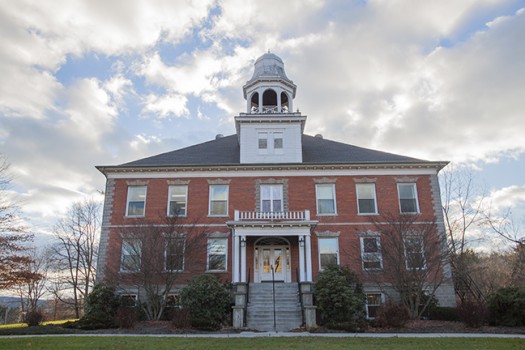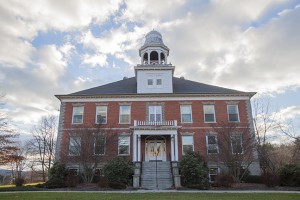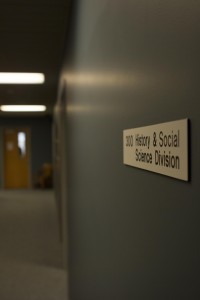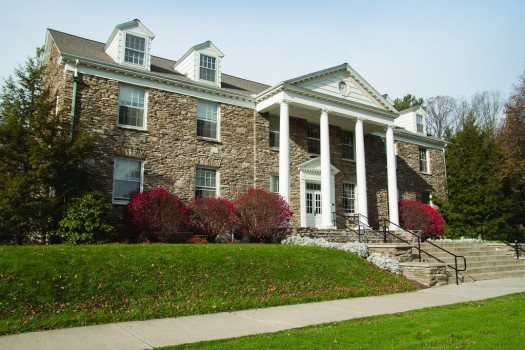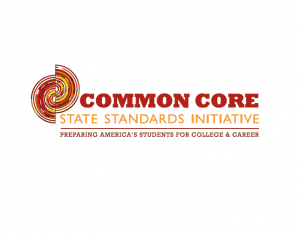The Genesee Valley Greenway trail, which runs between Rochester and Hinesdale, south of Cuba, is closed in the section that goes through Houghton. Though students and community members run, walk, and bike on the Houghton section of the Greenway daily the interruptions prevent them from connecting to the rest of the trail.
The Greenway is a park originating from the land formerly occupied by area canals and railroads. Described as “an open space corridor” by the New York State Park Service, it is intended to be used for walking, hiking, and biking, and other outdoor recreation. It also has a crucial role in conservation, allowing organisms to travel on an uninterrupted wild space throughout Western New York.
Kristina Shoepfer, park manager for the Greenway, said that the land passed through several hands before becoming a state park. “The Genesee Valley Greenway follows the old Genesee Valley Canal and later, the Rochester Branch of the Pennsylvania Railroad. The railroad eventually sold the property to RG&E [Rochester Gas and Electric], who later sold the property to New York State for use as a recreational trail.” Because of the long history of the property, the Greenway runs past pieces of regional history, including ruins of stone locks, culverts, and historic inns such as the Yard of Ale and the National Hotel. One section near Black Creek, NY runs past areas of the canal which are still full of water, allowing trail users to imagine the canal in its heyday.
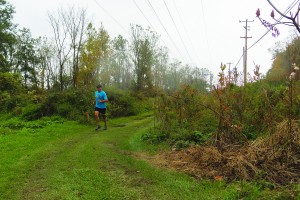 The Friends of the Genesee Valley Greenway (FOGVG), a local nonprofit organization, in partnership with the state park system, attempts to promote and care for the Greenway to users of the trail. The Friends have brought more than $4 million in grants to the Greenway to develop it further, and often run events to promote and care for the trail. They also provide information about the length of the trail for potential users.
The Friends of the Genesee Valley Greenway (FOGVG), a local nonprofit organization, in partnership with the state park system, attempts to promote and care for the Greenway to users of the trail. The Friends have brought more than $4 million in grants to the Greenway to develop it further, and often run events to promote and care for the trail. They also provide information about the length of the trail for potential users.
According to FOGVG there are several areas of the trail that are currently closed for use. One of the areas that is currently closed, according to the trail guide found on the FOGVG website, includes the section that goes through Houghton. Shoepfer pointed out that the trail nearest Houghton has a few obstacles that prevent it from connecting it to the rest of the trail. North of Houghton, “a bridge is needed to cross the creek adjacent to the Houghton soccer fields” while to the south, “there is a RG&E substation located on what used to be the old rail bed (and what would have been the path of the Greenway),” she said. Beyond these interruptions, the trail is maintained as it continues north to Rochester and south past Cuba.
“Having the Greenway connected in Houghton would be an asset to the college and community” for several reasons, Shoepfer said, as it would provide increased recreational opportunities over the length of the trail for activities including hiking, biking, snowmobiling, cross-country skiing, snowshoeing, and horseback-riding. Shoepfer also suggested that for students who currently run along Route 19, having the Greenway connected would allow for a safer alternative to running along the road.
The RVER Group, or Regional Ventures in Economic Revitalization, stated that one of its goals for the near future is to refurbish the park in the town of Houghton. Helping to connect the section of the Genesee Valley Greenway that runs through Houghton to the rest of the path would be a related goal worth pursuing.
The Greenway is a feature of Houghton that deserves to be more well-known and utilized. With a few improvements, the Genesee Valley Greenway could “stimulate business and tourism for the local community and benefit the community as a whole,” Shoepfer said.
For more information, including trail maps and updates on events, visit the Friends of the Genesee Valley Greenway website at fogvg.org, or the New York State Park website at nysparks.com

